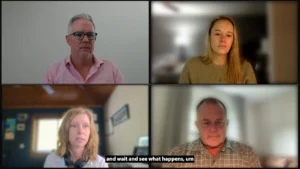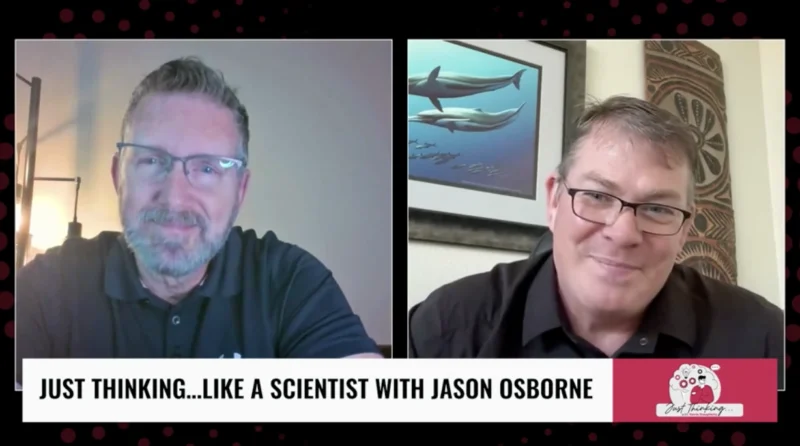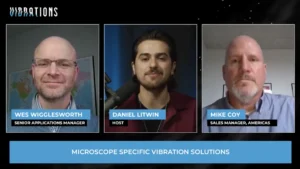NASA and the Partnership With Bone Marrow Research
In the 70’s. NASA was doing more than sending missions to the moon and to other planets in the solar system; they were also involved in advancing medical research—specifically, freezing bone marrow. In order to maintain healthy bone marrow for transplant, cells have to be chilled to temperatures that traditional freezers couldn’t maintain. This temperature limitation also created another complication: when cooling samples too quickly, the water expands, bursting the cell wall. When cooling too slowly, the cell dies.
Tom Williams, an engineer working on NASA’s communications, was involved in the project. He spent a few years developing a liquid nitrogen freezer that chilled marrow without destroying the sample. He used a compound that modified the way water froze within the cell and identified a cooling rate and process that avoided cell death. NASA patented the tech in the late 70s, which made licensing to the medical community possible.
“People think NASA just launches rockets, but we’re doing core research,” says Williams. “Many medical products use technologies derived from those developed right here at Goddard [in Greenbelt, Maryland].”
To read the full article from PHYS.ORG, click here.









